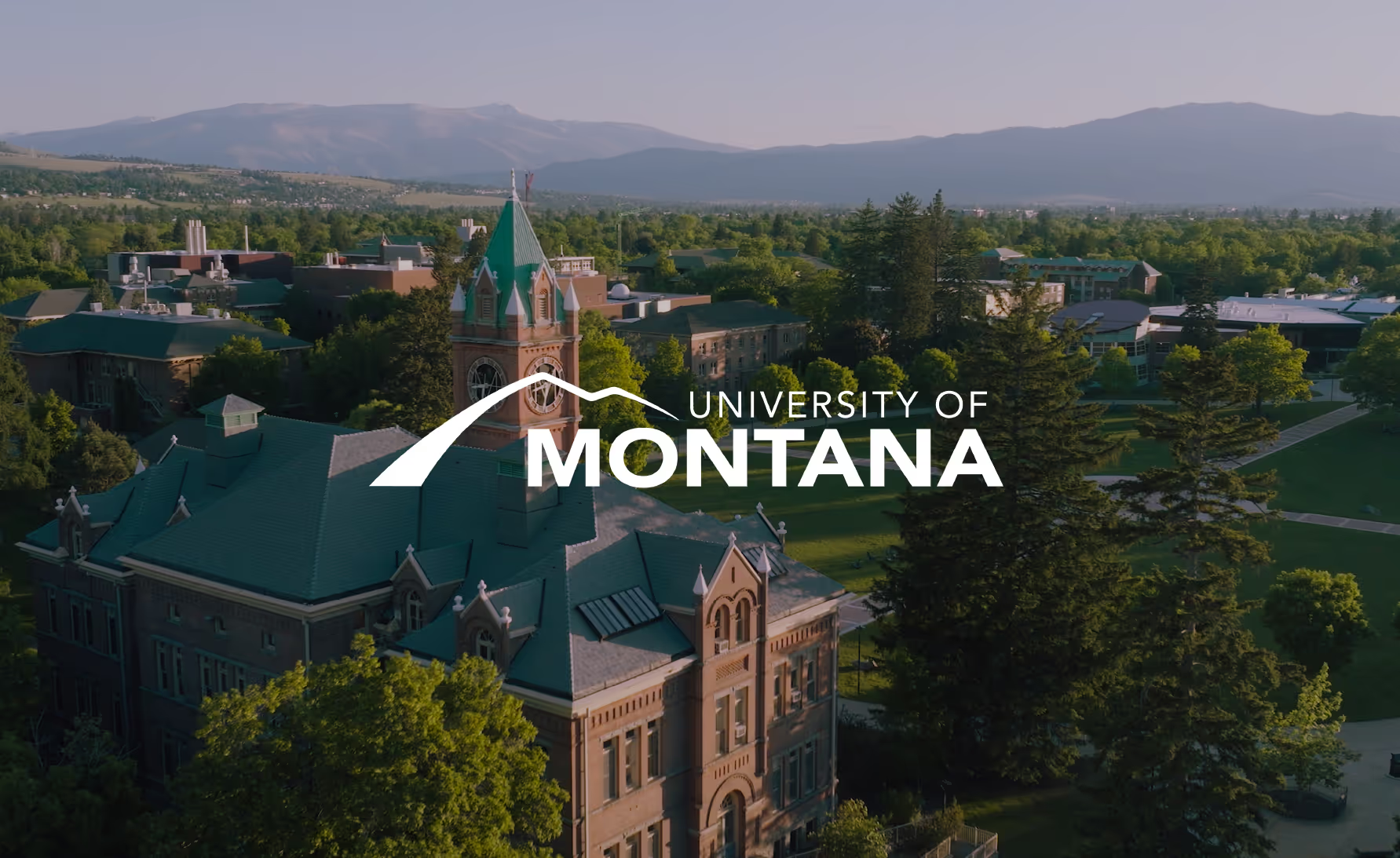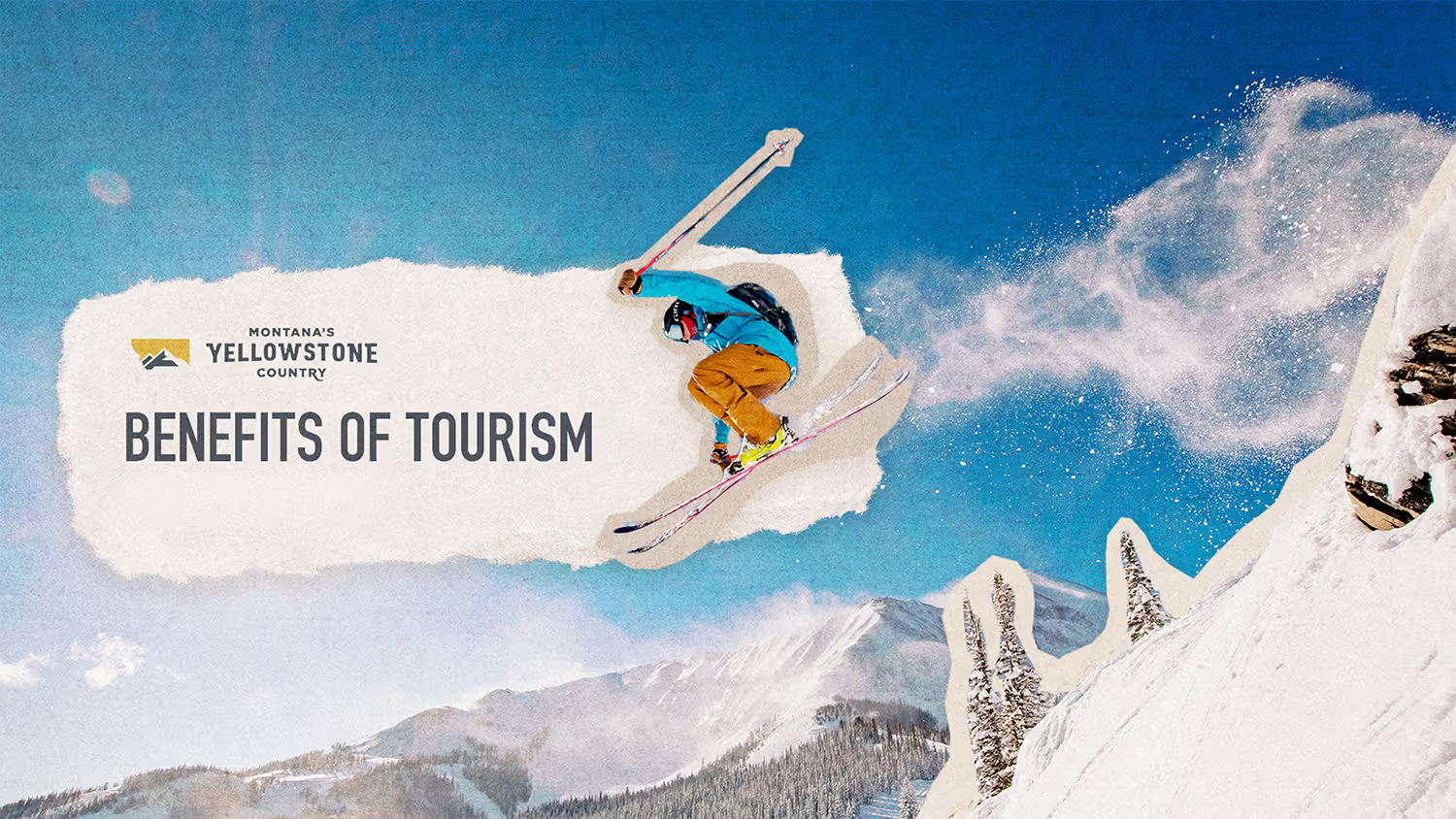Amt: Rapid Training Program
State-wide Video Campaigns
Overview
We spent two multi-month stretches documenting Accelerate Montana’s Rapid Training Program (targeted courses lasting six weeks or less, designed to get Montanans into skilled work quickly).
The first stretch happened in 2022. The second in 2024. Over both projects, we interviewed more than 80 people, coordinated production across universities, tribal colleges, community colleges, and employers statewide, and delivered dozens of videos alongside a custom b-roll library.
The work required coordinating across institutions and representing diverse voices without fragmenting the story, and translating workforce development into something emotionally resonant and strategically useful.
The first stretch happened in 2022. The second in 2024. Over both projects, we interviewed more than 80 people, coordinated production across universities, tribal colleges, community colleges, and employers statewide, and delivered dozens of videos alongside a custom b-roll library.
The work required coordinating across institutions and representing diverse voices without fragmenting the story, and translating workforce development into something emotionally resonant and strategically useful.
The Context
Montana had a workforce gap. Montanans needed better employment opportunities: ways to upskill, reskill, or change careers without spending years in a traditional degree program. Employers in key industries were bottlenecked by a lack of skilled workers. The state needed something faster and more targeted.
Accelerate Montana, in partnership with the Montana Department of Labor & Industry and training providers across the state, launched the Rapid Training Program. Our job was to help them build awareness in 2022, then document statewide impact in 2024.
Accelerate Montana, in partnership with the Montana Department of Labor & Industry and training providers across the state, launched the Rapid Training Program. Our job was to help them build awareness in 2022, then document statewide impact in 2024.
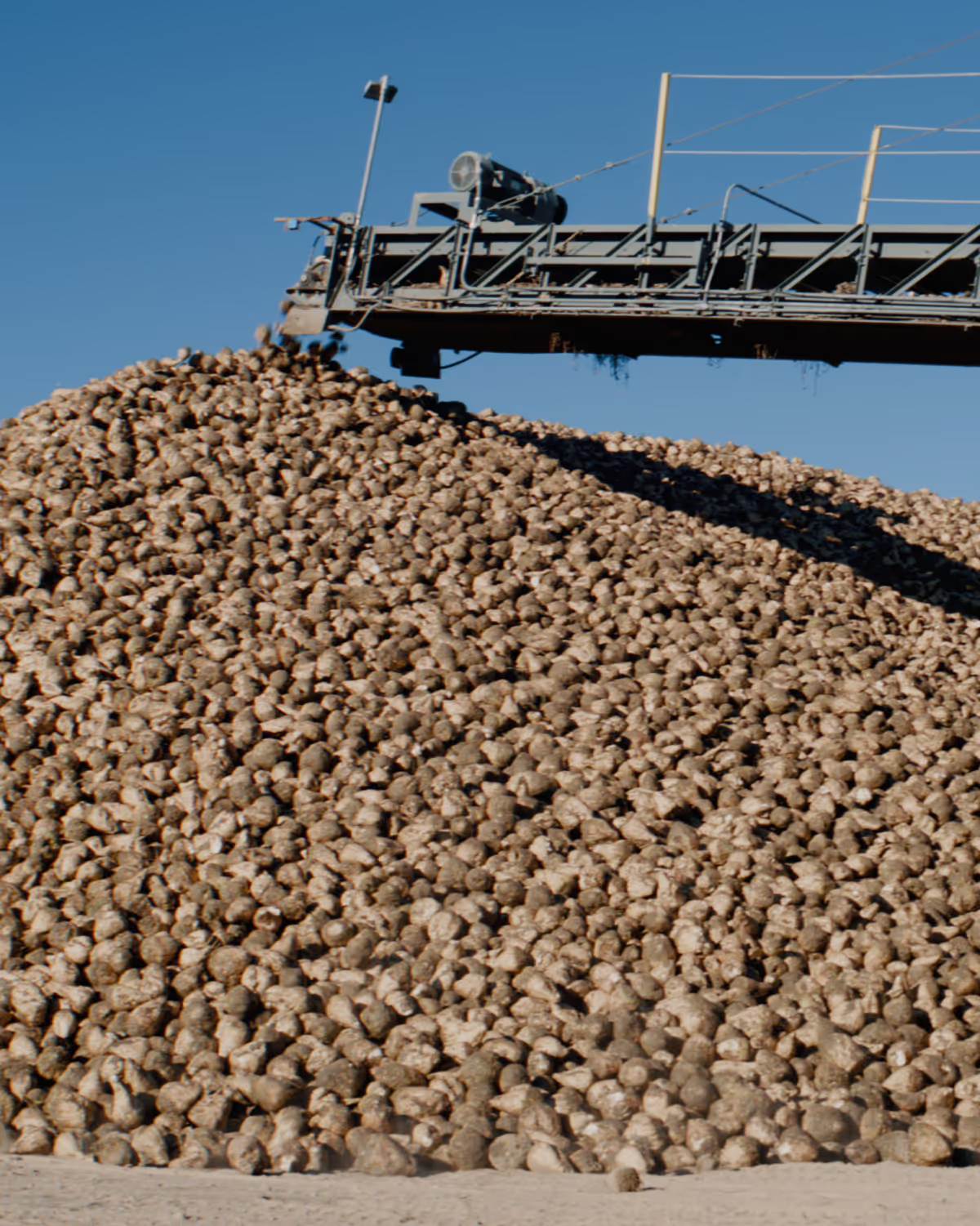
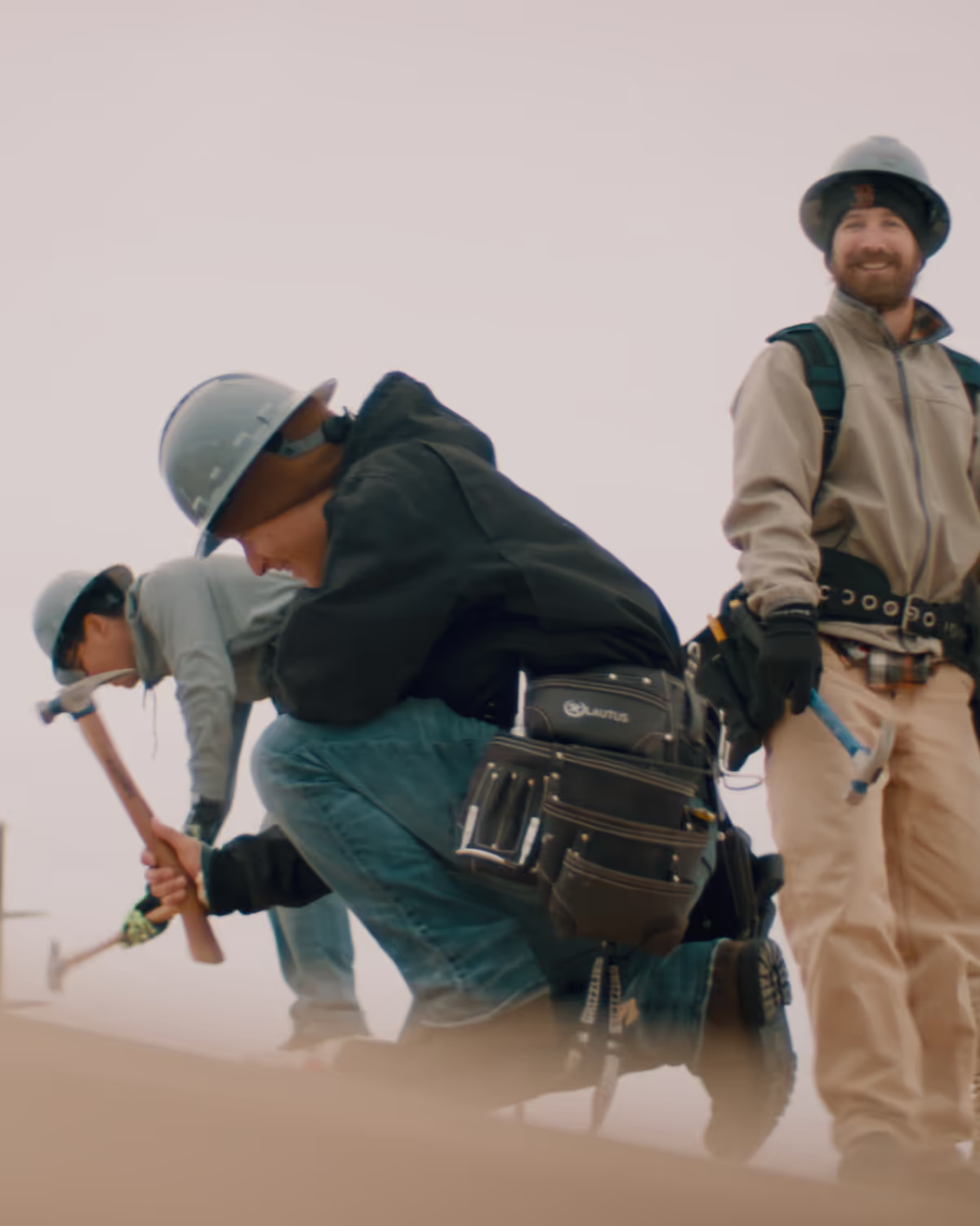
2022: Building Awareness
When we started, the Rapid Training Program was brand new. Accelerate Montana's outreach team was still building relationships with training providers and employers. Some providers had existing programs that could be adapted or funded through RTP grants. Others were developing new programs from scratch. The messaging was evolving.
Our challenge was to introduce the initiative, explain what rapid training meant, and show Montanans why it mattered, all while balancing the perspectives of multiple stakeholders with different priorities and brands.
Our challenge was to introduce the initiative, explain what rapid training meant, and show Montanans why it mattered, all while balancing the perspectives of multiple stakeholders with different priorities and brands.
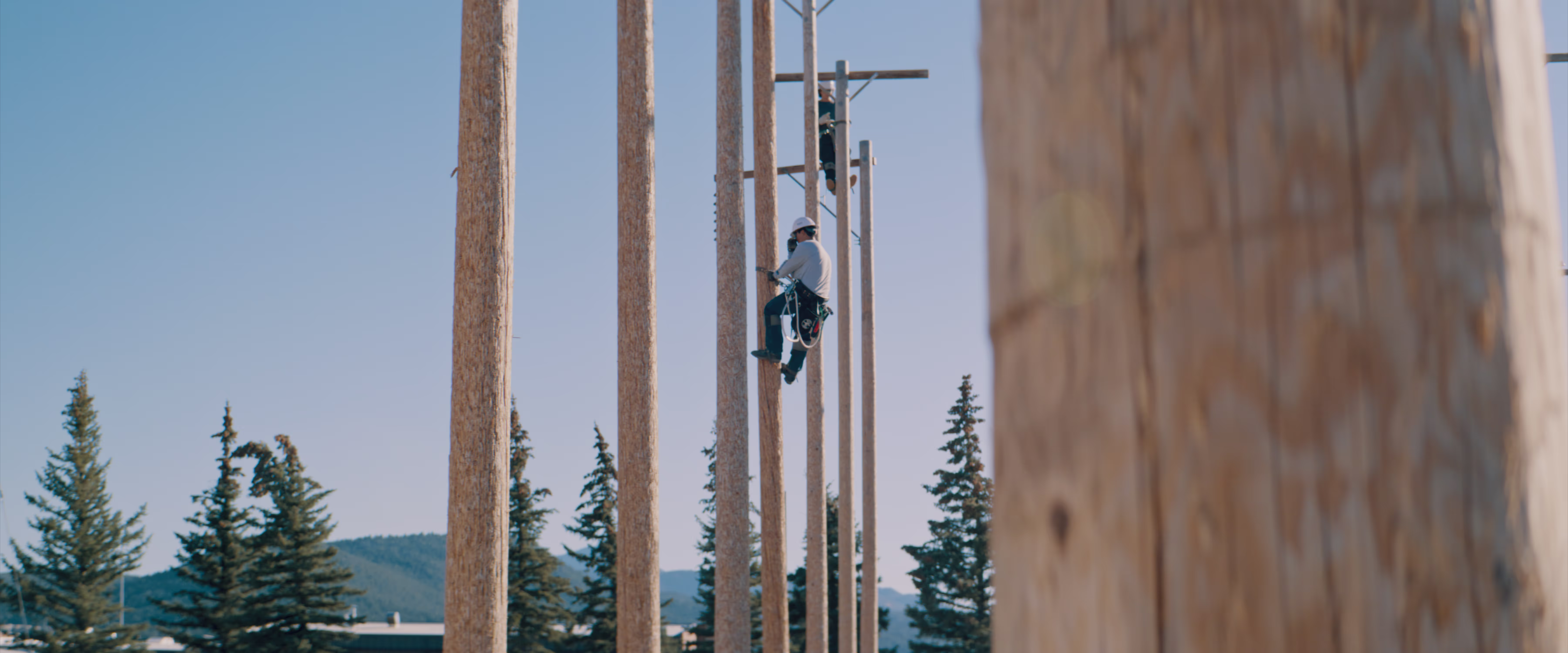
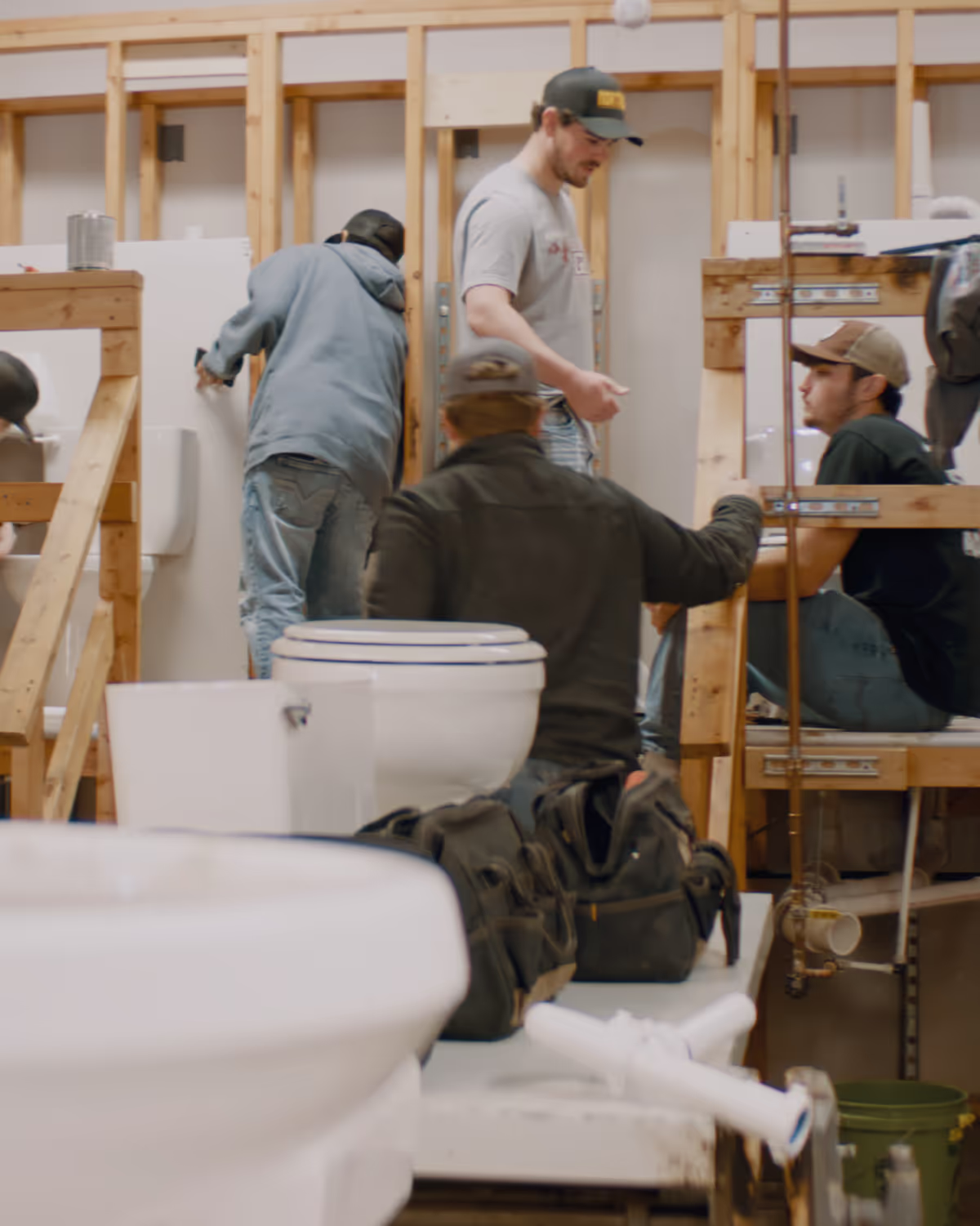
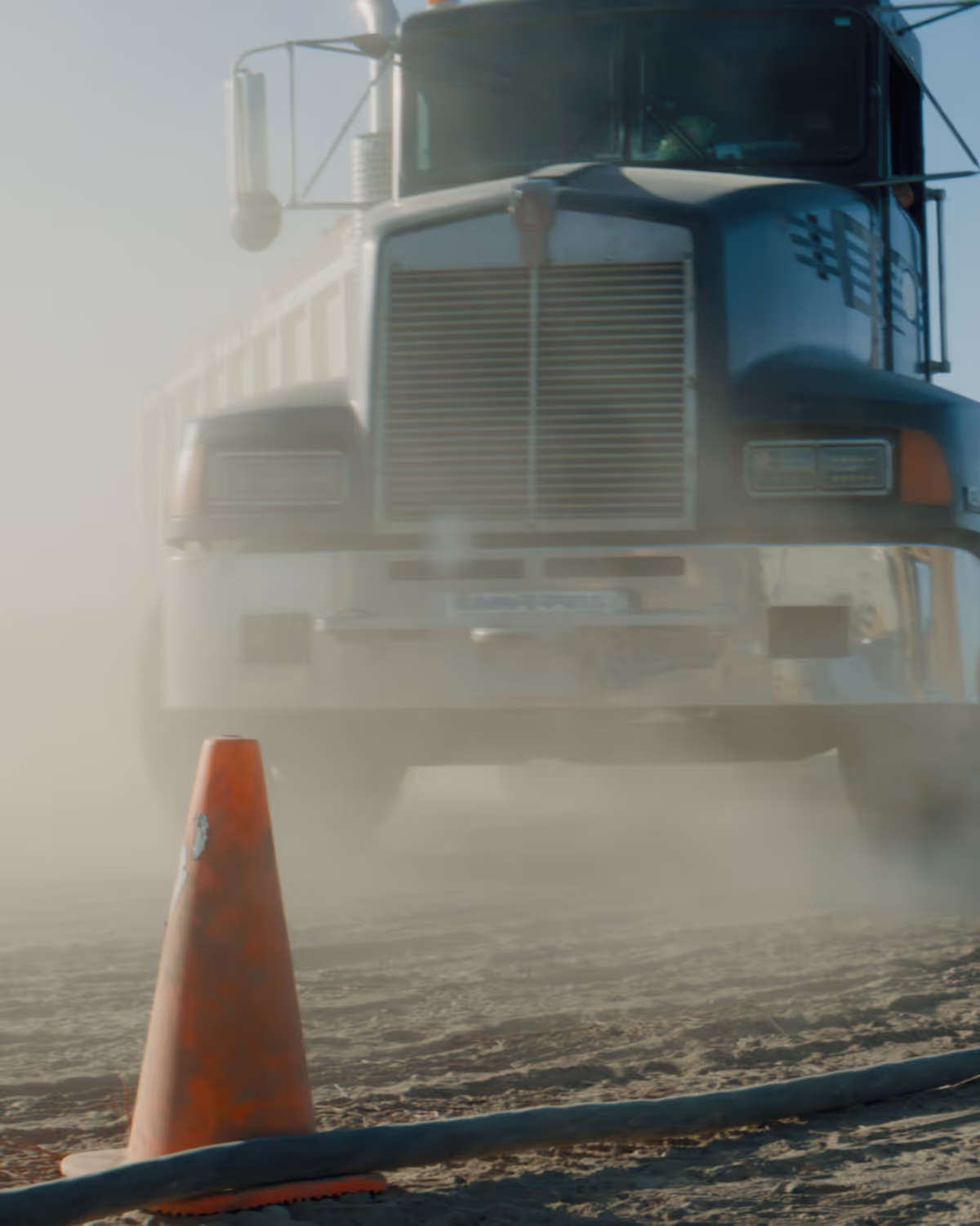

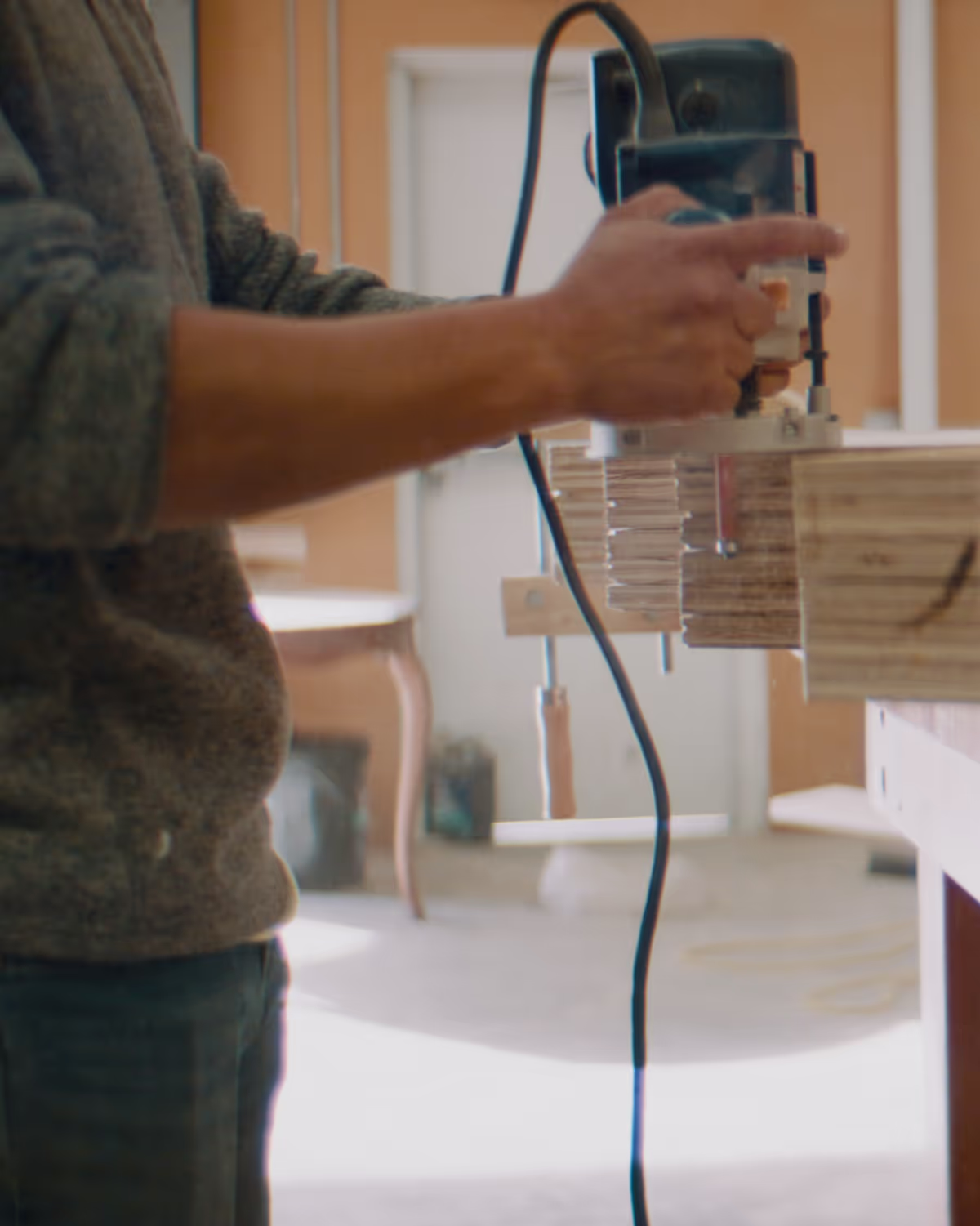
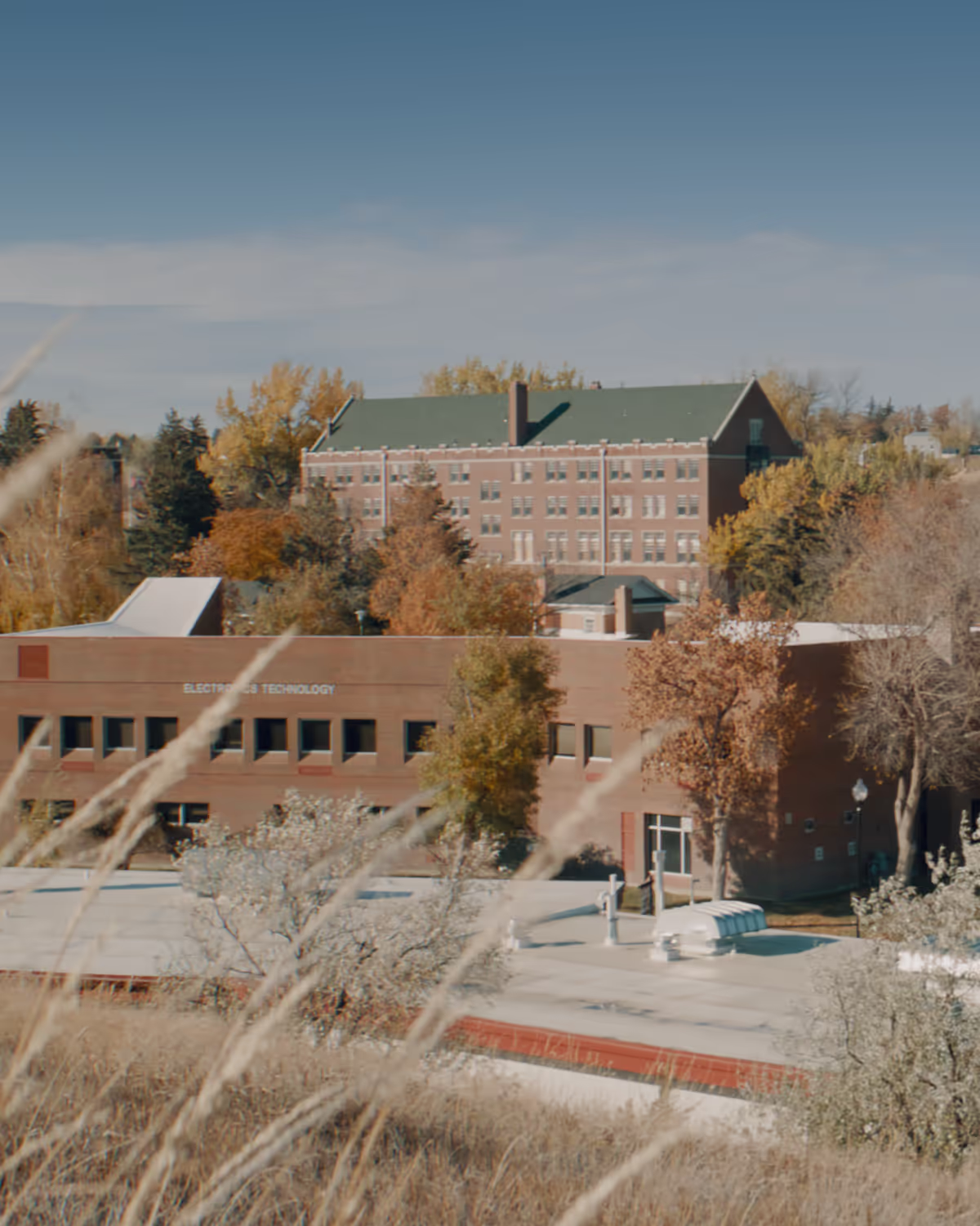
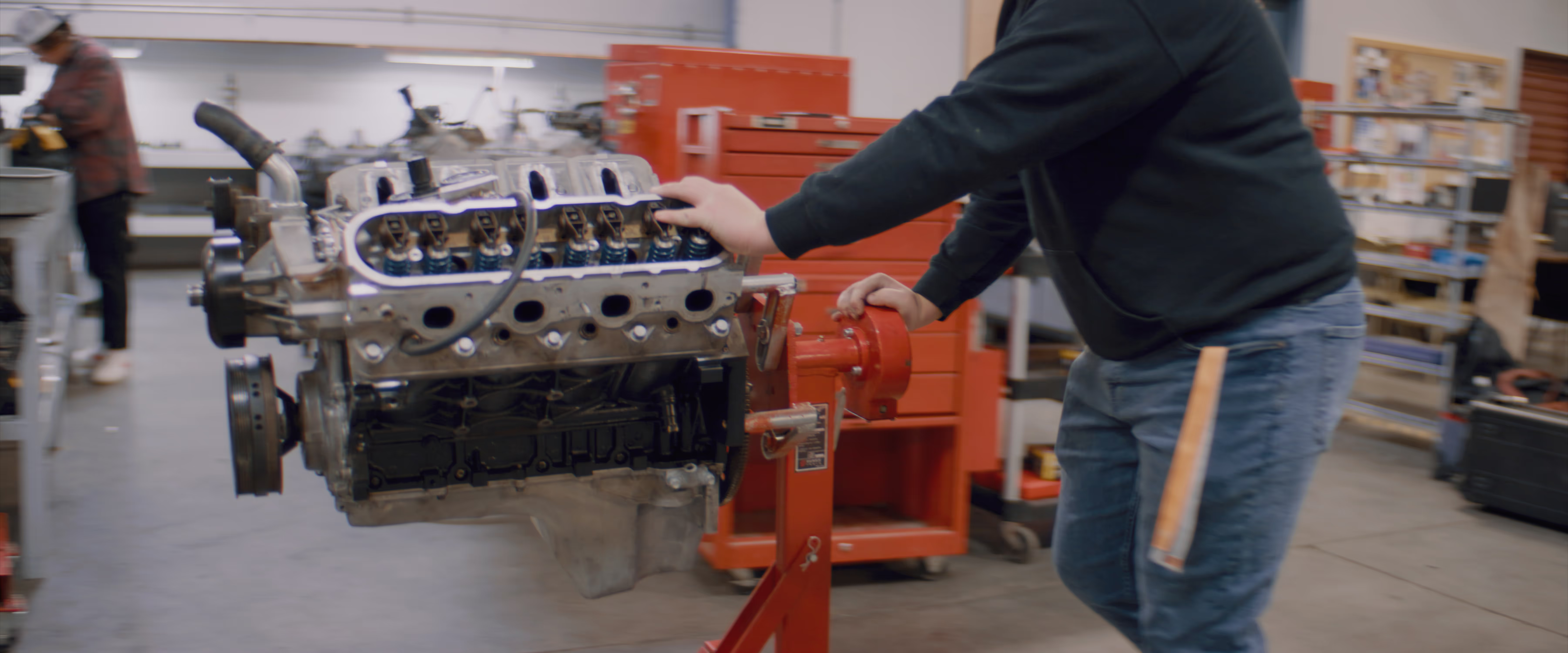
The Challenge
We were filming at institutions we'd never worked with, interviewing people we'd just met, coordinating across a statewide network still taking shape. We went in with a loose script and set of expectations about what the videos would say. That went out the window as we learned what was actually happening in each interview.
Each training provider had a unique relationship with AMT and unique institutional priorities. Some were established partners. Others were brand new to the initiative. We had to stay observant and adapt our conduct and questions to fit each relationship appropriately.
The video had to represent Accelerate Montana, colleges, tribal colleges, employers, and state agencies without any one group dominating or the message becoming diluted. We needed voices from across Montana: urban, rural, tribal nations, across age groups, career types, and training sectors.
Each training provider had a unique relationship with AMT and unique institutional priorities. Some were established partners. Others were brand new to the initiative. We had to stay observant and adapt our conduct and questions to fit each relationship appropriately.
The video had to represent Accelerate Montana, colleges, tribal colleges, employers, and state agencies without any one group dominating or the message becoming diluted. We needed voices from across Montana: urban, rural, tribal nations, across age groups, career types, and training sectors.


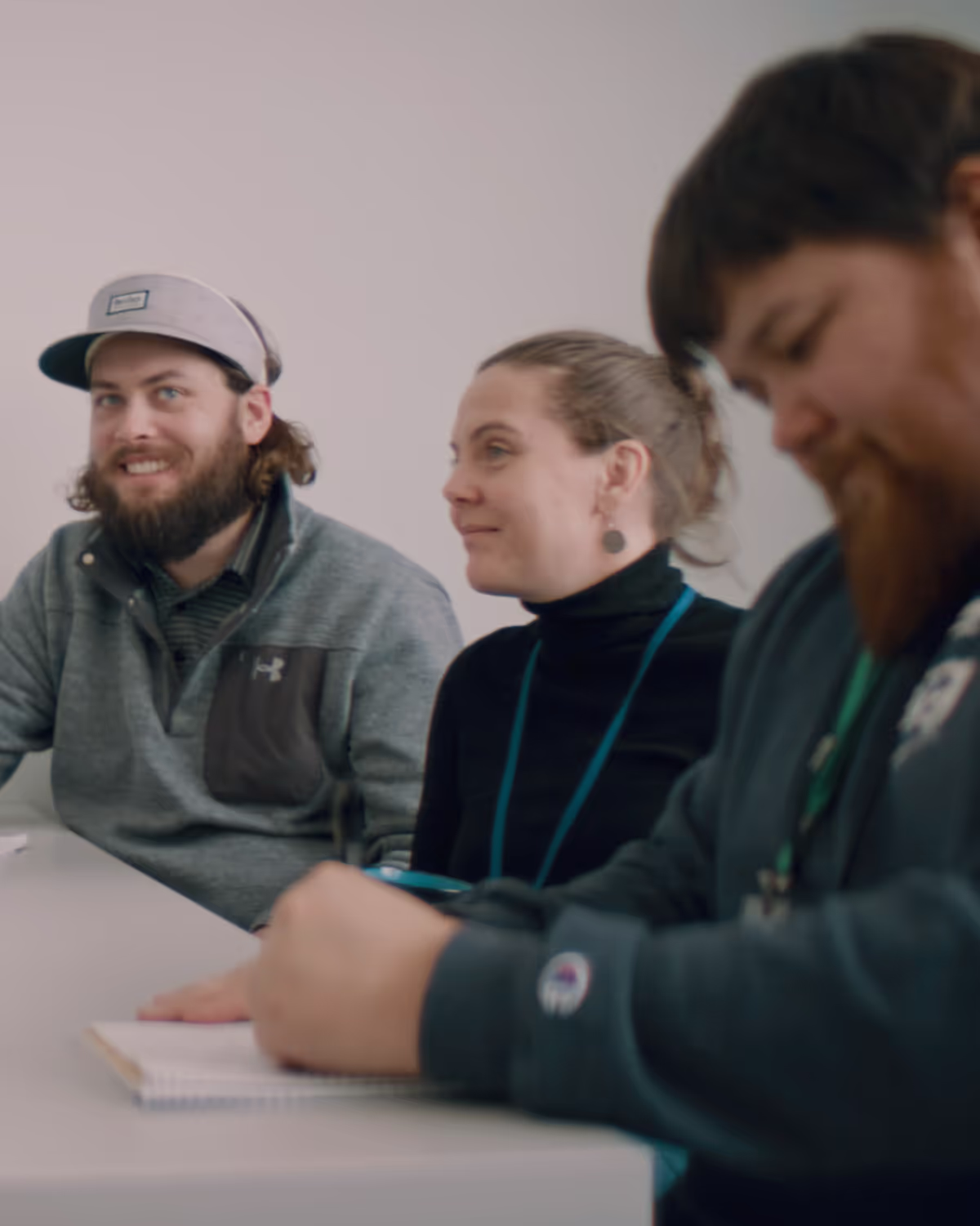
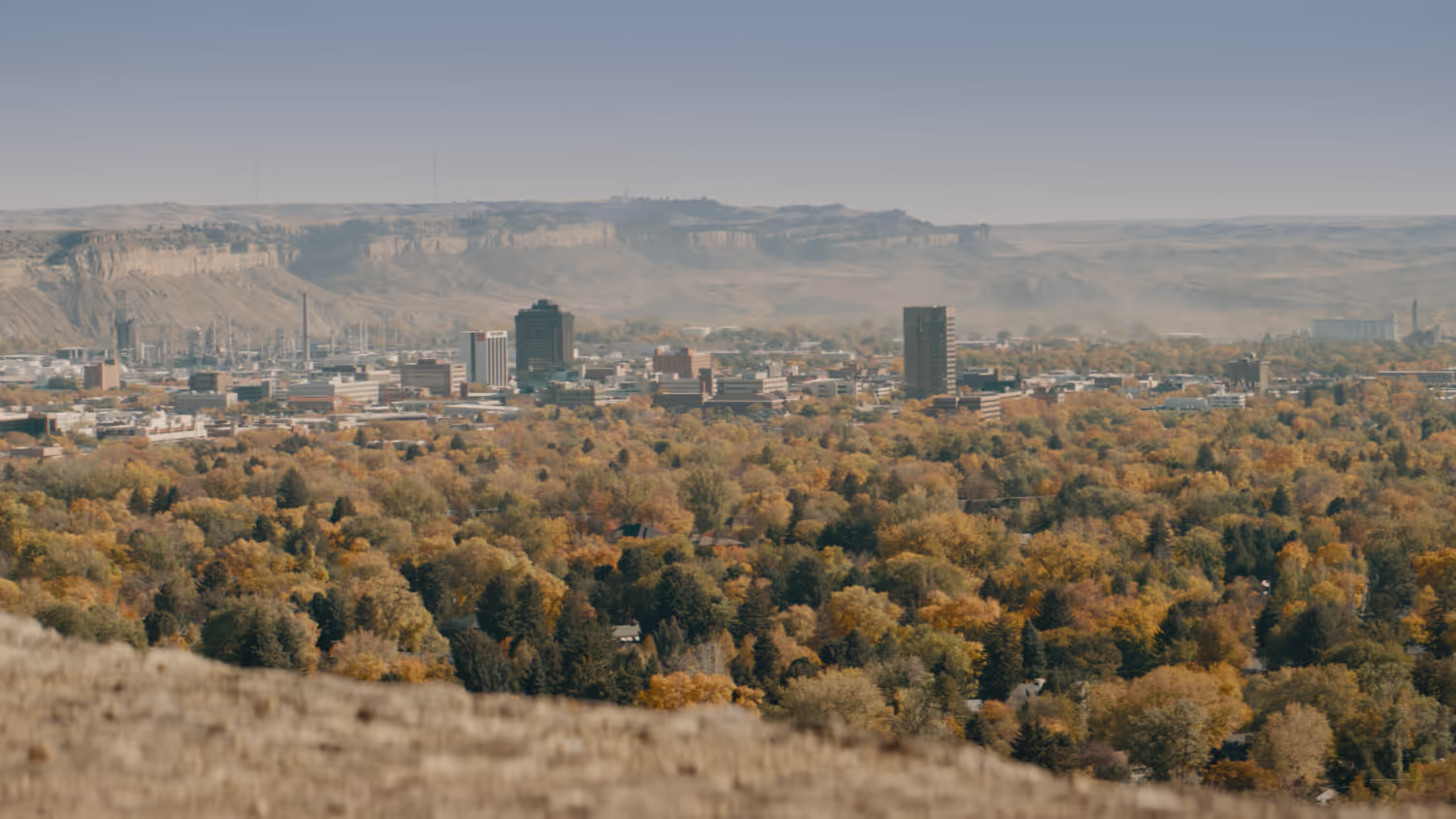
The Approach
We cast a wide net. We interviewed more than 50 people across Montana: program participants, educators, employers, and workforce development leaders. We filmed in multiple regions, coordinating schedules with institutions and individuals. Without Accelerate Montana's outreach team, this would have been significantly harder.
The key was flexibility. We interviewed everyone as thoroughly as possible, gathering as much material and context as we could. This gave us editorial flexibility in post-production to refine the messaging as the initiative's priorities came into focus. AMT trusted us with a lot of creative control, which made this possible.
The hardest editorial decisions were choosing which voices to include or exclude. We worked closely with AMT's leadership and outreach team to find a balanced representation of interviewees while choosing those whose soundbites fit best within the broader narrative.
The key was flexibility. We interviewed everyone as thoroughly as possible, gathering as much material and context as we could. This gave us editorial flexibility in post-production to refine the messaging as the initiative's priorities came into focus. AMT trusted us with a lot of creative control, which made this possible.
The hardest editorial decisions were choosing which voices to include or exclude. We worked closely with AMT's leadership and outreach team to find a balanced representation of interviewees while choosing those whose soundbites fit best within the broader narrative.
The Deliverables
We produced over 35 unique videos:
A main hero video establishing the Rapid Training Program and AMT's mission.
A short cutdown for socials.
Sector-specific videos covering healthcare, technology, and trades
Testimonials from program participants
Short-form soundbite clips for social media
A TV ad to drive awareness
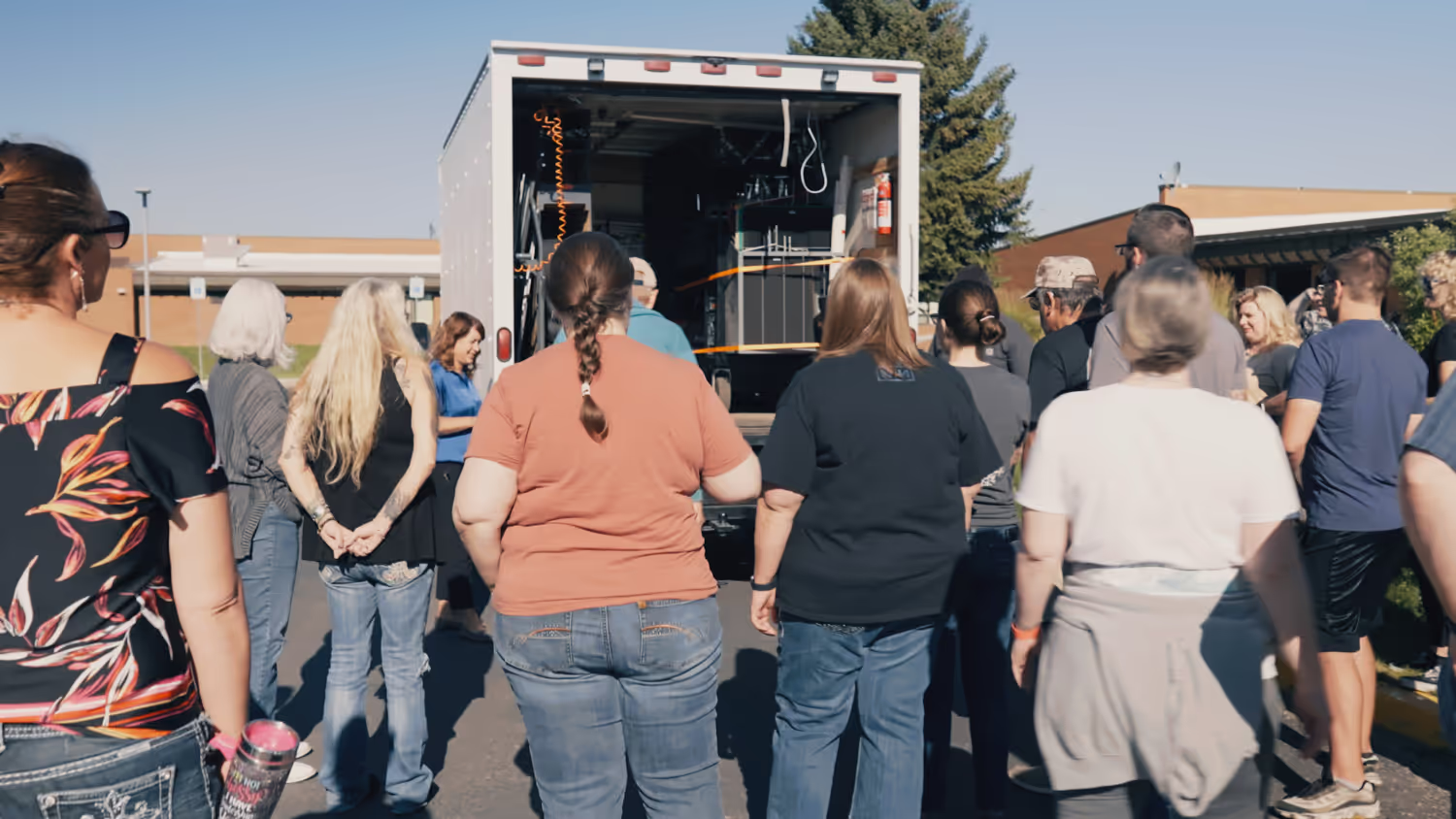
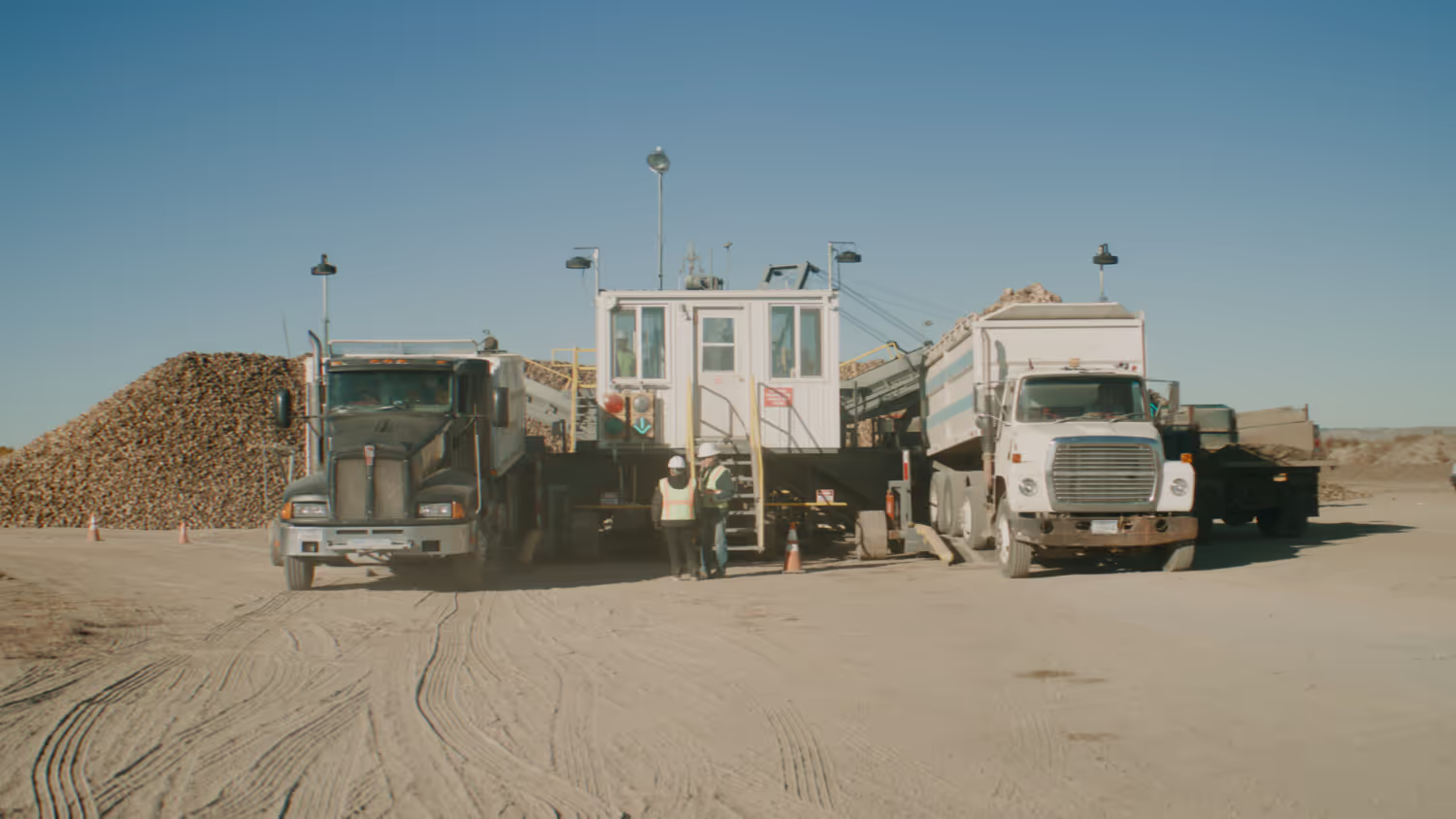
2024: Showing the Impact
Two years later, the Rapid Training Program had enrolled over 3,600 trainees in more than 50 programs with a completion rate over 90%. Of collected outcomes data, more than 90% of participants reported working in a field related to their training.
Our job was to document that impact by combining data with real, personal stories. The editorial challenge was different from 2022. Instead of managing evolving messaging, we were translating something nuanced and at risk of being dry (workforce development policy and outcomes data) into something clear and emotionally resonant.
Our job was to document that impact by combining data with real, personal stories. The editorial challenge was different from 2022. Instead of managing evolving messaging, we were translating something nuanced and at risk of being dry (workforce development policy and outcomes data) into something clear and emotionally resonant.

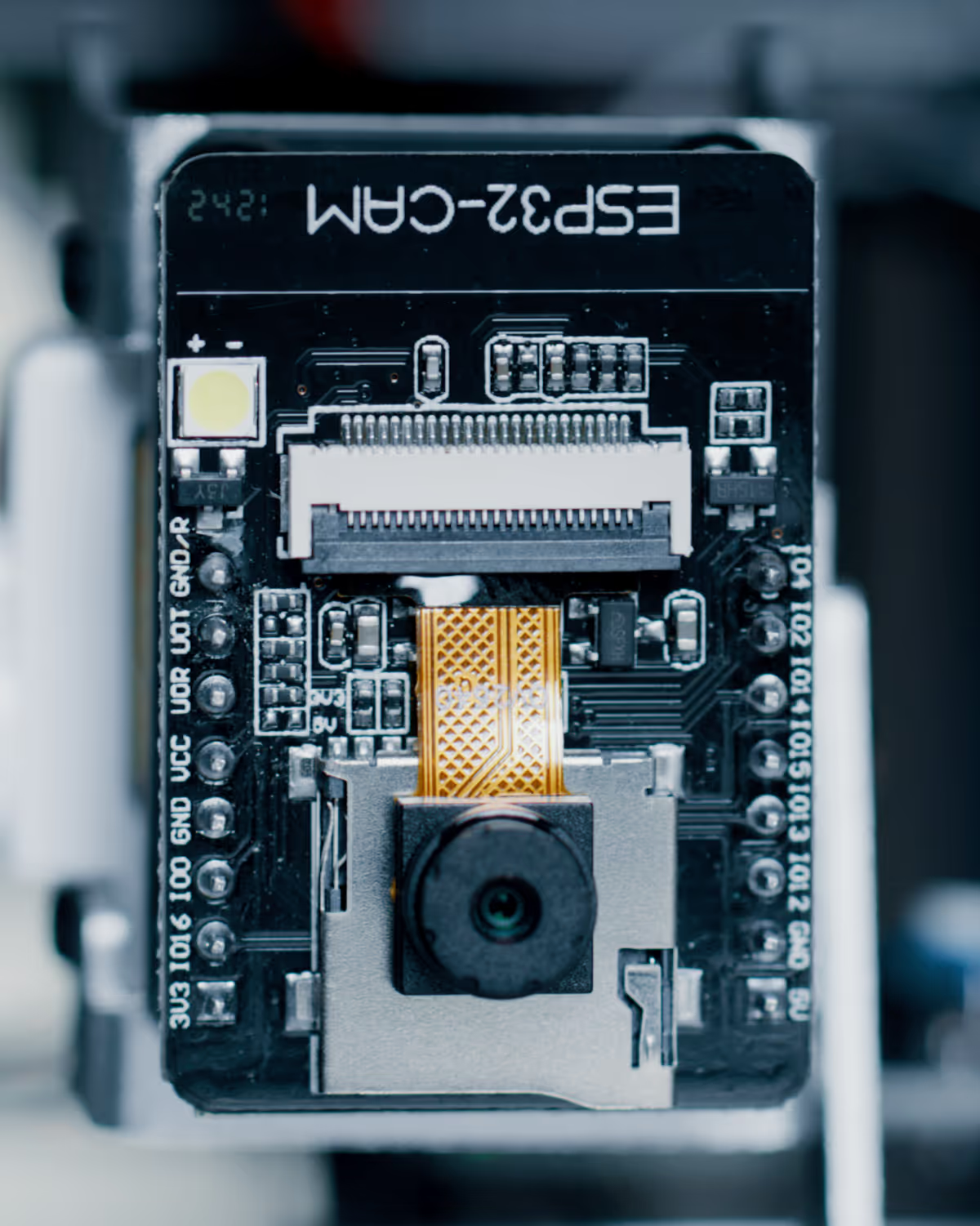
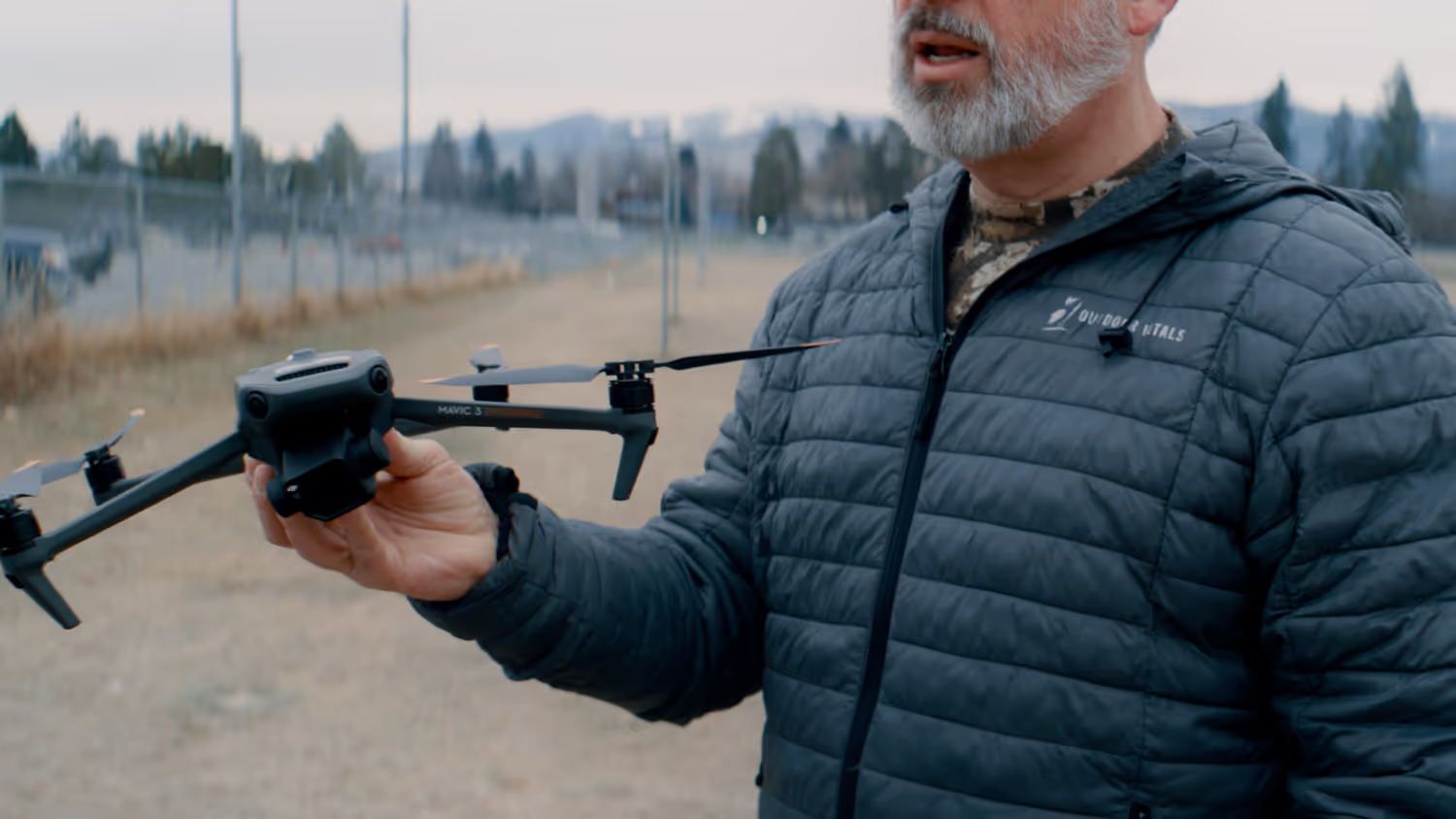
The Challenge
The logistical challenges were familiar: coordinating across a statewide network, maintaining geographic and demographic representation, scheduling dozens of interviews across multiple regions. But the tone and focus had shifted. We needed to show how the Rapid Training Program had changed Montanans' lives.
We interviewed 44 people, including new voices and some returning participants from 2022 whose stories had evolved since we last spoke with them.
We interviewed 44 people, including new voices and some returning participants from 2022 whose stories had evolved since we last spoke with them.
Our Approach
We structured the project around impact. We spoke with program participants whose careers and lives had been transformed, employers who'd hired them, Accelerate Montana personnel who offered framing context and nuance, and educators and training providers who'd sustained and grown programs with AMT support.
We captured interviews and extensive b-roll of training programs, job sites, and Montana communities. This footage became a custom library AMT could use for ongoing communications.
We captured interviews and extensive b-roll of training programs, job sites, and Montana communities. This footage became a custom library AMT could use for ongoing communications.
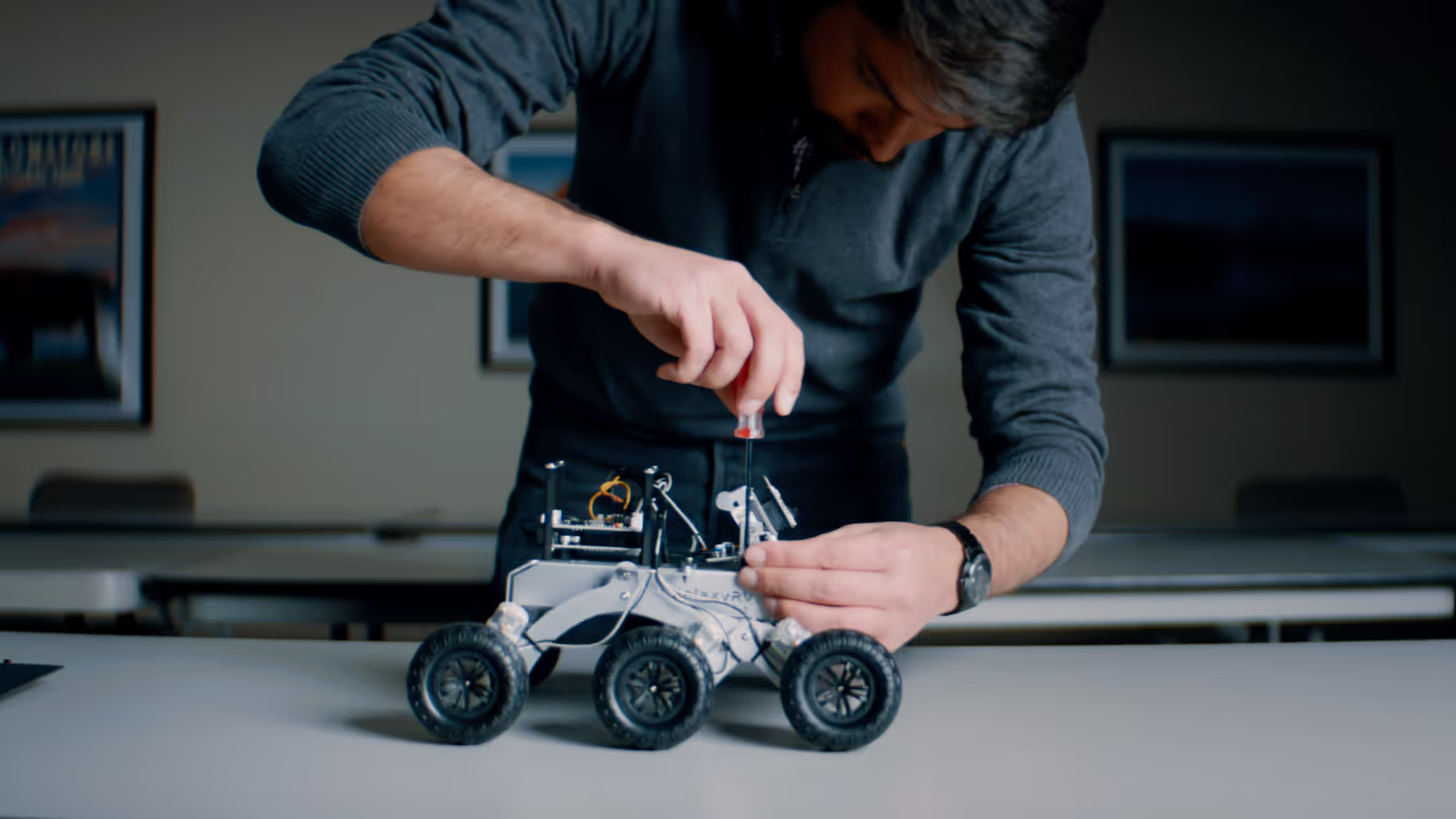
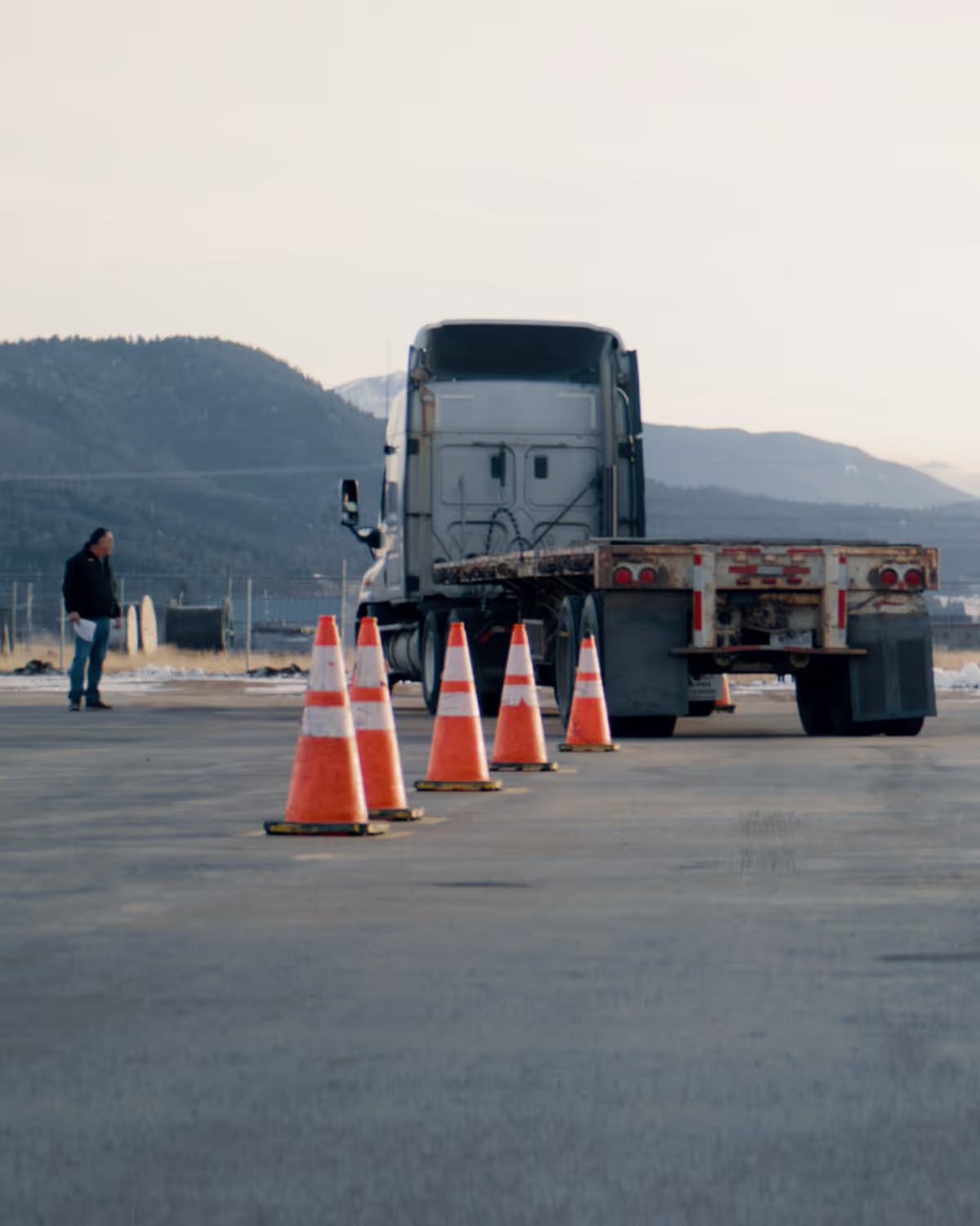
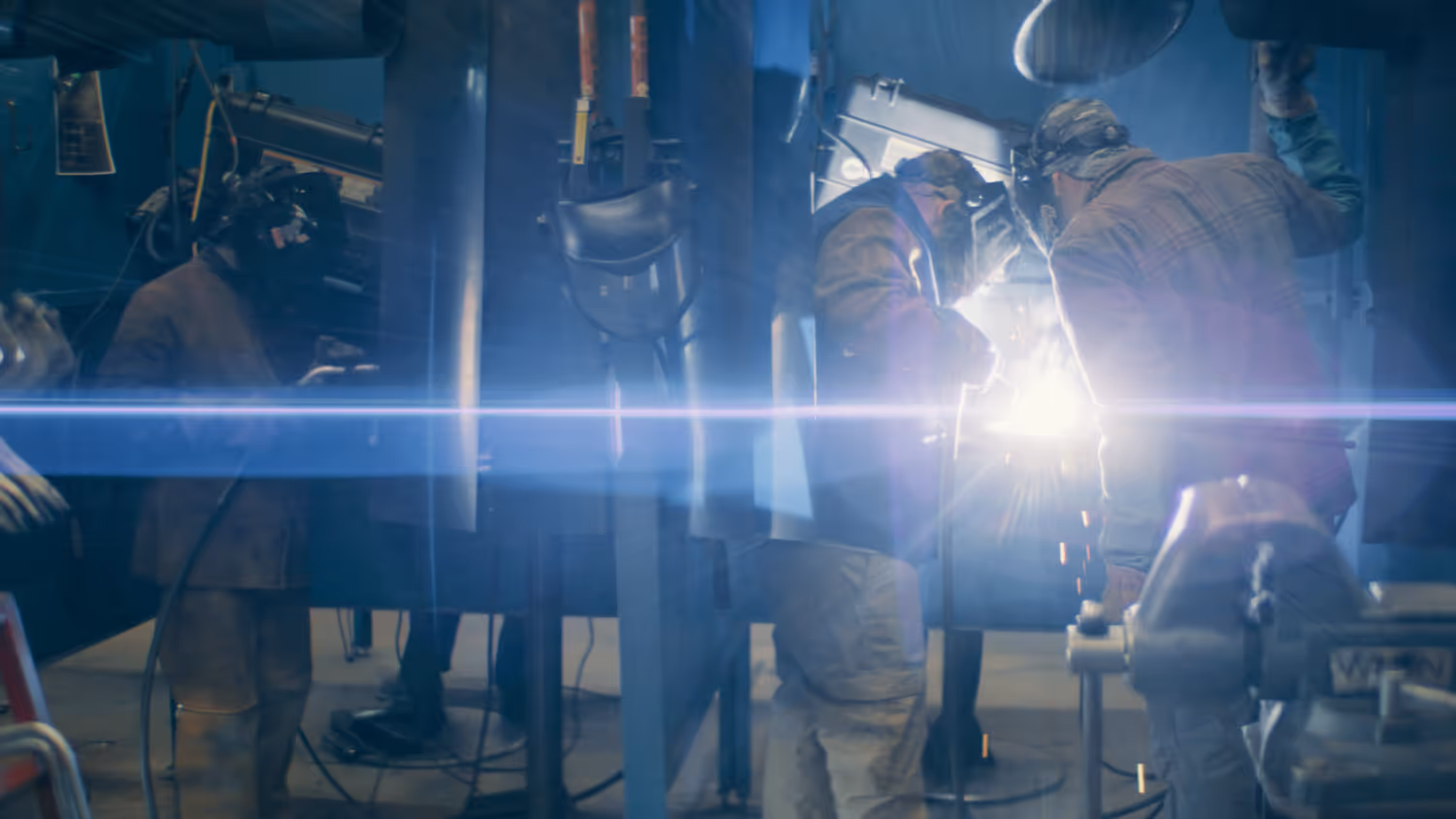
The Deliverables
We produced another substantial video library for 2024:
A main impact video showcasing program results.
A series of testimonials from employers, workforce experts, and participants.
A TV ad encouraging more Montanans to participate
Processed b-roll library for ongoing use.
Processed b-roll library for ongoing use.
Processed b-roll library for ongoing use.
The videos were used in legislative sessions, partnership development, web and social distribution, and broadcast TV.
What This Work Demonstrates
This project required coordination across universities, tribal colleges, community colleges, employers, and state agencies, each with their own priorities and brands. We had to represent dozens of voices across Montana without the story becoming fragmented or the message getting diluted.
What made it work was trust and adaptability. AMT gave us the creative control to make editorial decisions in the field and in post. We jumped into a developing system at the very beginning, stayed observant, and adjusted our approach as relationships and programs evolved. We took something abstract (a rapid workforce training initiative as an economic development strategy) and made it understandable. We talked to the people whose lives changed, the systems that made it possible, and found the story that connected them.
The result was two substantial video libraries, delivered across two years, that helped build awareness of a new statewide initiative and demonstrated measurable impact to legislators, partners, and the public.
What made it work was trust and adaptability. AMT gave us the creative control to make editorial decisions in the field and in post. We jumped into a developing system at the very beginning, stayed observant, and adjusted our approach as relationships and programs evolved. We took something abstract (a rapid workforce training initiative as an economic development strategy) and made it understandable. We talked to the people whose lives changed, the systems that made it possible, and found the story that connected them.
The result was two substantial video libraries, delivered across two years, that helped build awareness of a new statewide initiative and demonstrated measurable impact to legislators, partners, and the public.
Special Thanks
Thanks to Paul Gladen, Jenny Harms, Karen Dove, Mercedes Bawden, Ticia Cliff, Shane Kravik, Katherine Booher, Dani Buehler, and the many other wonderful people and partners who worked on this project with us.


